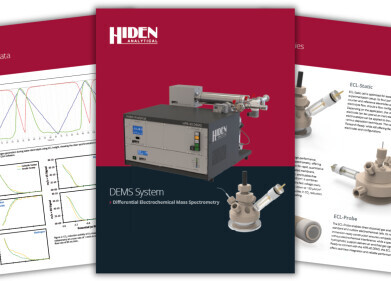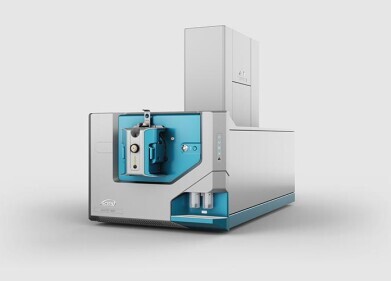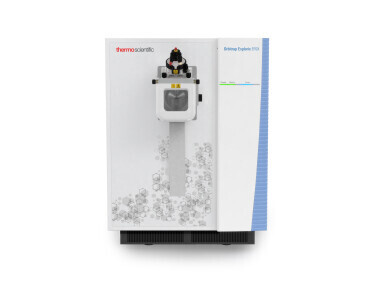Mass spectrometry & spectroscopy
Can You Learn While You're Asleep?
Sep 04 2018
From learning a new language to studying for an exam, the concept of "hypnopedia" was first popularised in the 1930s, when books like Aldous Huxley's Brave New World captivated the world with the idea of sleep-teaching. Now, a new magnetoencephalography study has scientifically discredited the concept and suggests that while the human brain is still able to process sounds during sleep, it isn't capable of sequentially grouping data, which means learning capabilities are limited.
The study relied on magnetoencephalography (MEG), a functional neuroimaging technique that records magnetic fields produced by naturally occurring electrical currents and uses them to map brain activity. It was led by Philippe Peigneux of the ULB Neuroscience Institute and challenged the concept of sleep-learning, asserting the brain's ability to group sounds according to organisation in a sequence is non-existent during sleep.
Debunking the hypnopedia myth
The team used MEG technology to record and analyse cerebral activity in the brain while attempting to learn a series of sounds. Data was recorded for states of wakefulness and slow wave sleep, a stage of rest when brain activity remains highly synchronized. The findings were published in the journal Scientific Reports found that during sleep, participants were able to detect isolated sounds though couldn't cluster them into groups. During wakefulness, participants not only detected individual sounds but also grouped them into sets of three elements.
For hypnopaedia advocates, the study debunks the age-old sleep-leaning myth and suggests that while the brain does remain active during rest, it's learning capabilities are limited to basic, elementary associations.
Scientists stand behind targeted memory reactivation
Not all scientists are onboard, with some experts remaining confident that targeted memory reactivation, also known as TMR, is on-track for a revival. In a study where participants were asked to pair adjectives with unrelated scenes of objects, researchers at York and Birmingham universities discovered that certain prompts trigger significant electrical activity in the brain. For example, "American" could be linked to an apple or a forest landscape. The participants then took a 90-minute nap, during which time the scientists used an electroencephalograph (EEG) to monitor brain activity as adjectives were played through headphones. They found that not only were the participants able to hear the adjectives, but they could also link them to the required scene or object after undergoing a sleep spindle, a burst of neural oscillatory activity triggered by the sounds.
From stimulating acupuncture points manufacturing therapeutic mattresses, nanotechnology plays an important role in the sleep science industry. For a closer look at the sophisticated branch of technology don't miss 'Why Does Nanotechnology Require Mass Spectrometry?', which introduces mass spectrometry equipment like the SIMS workstation from Hiden Analytical.
Digital Edition
Lab Asia Dec 2025
December 2025
Chromatography Articles- Cutting-edge sample preparation tools help laboratories to stay ahead of the curveMass Spectrometry & Spectroscopy Articles- Unlocking the complexity of metabolomics: Pushi...
View all digital editions
Events
Jan 21 2026 Tokyo, Japan
Jan 28 2026 Tokyo, Japan
Jan 29 2026 New Delhi, India
Feb 07 2026 Boston, MA, USA
Asia Pharma Expo/Asia Lab Expo
Feb 12 2026 Dhaka, Bangladesh



















